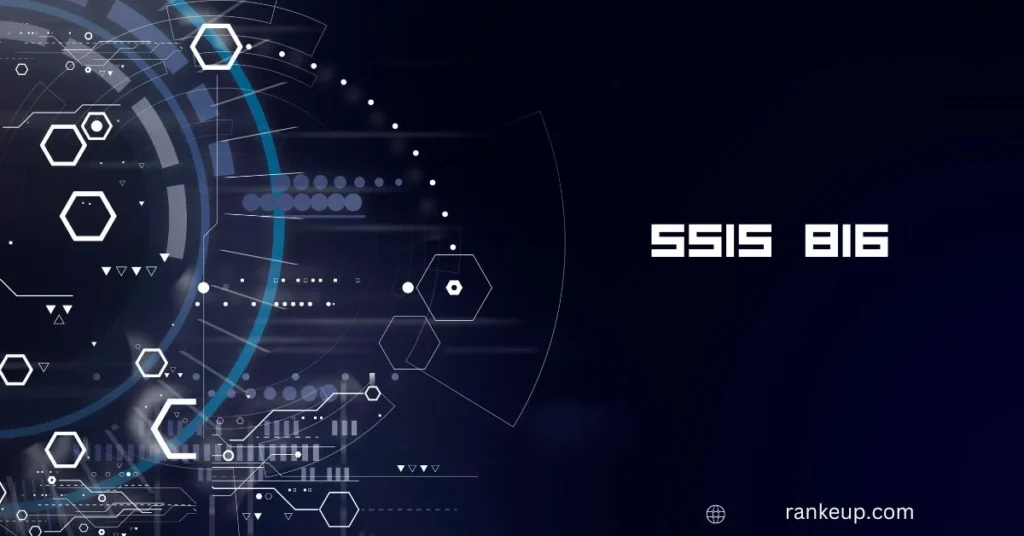The importance of translation services has grown in the modern, globalized society. Bridging language and cultural differences is emphasized by the phrase “käöntöjä” which is Finnish meaning translation. The importance of professional translators in enabling efficient cross-cultural communication is highlighted as we explore the relevance, development, problems, and future landscape of translation services in this article.
Evolution of Translation: From Past to Present
Translation has always been an important tool for people of various cultures and civilizations to communicate with one another. The art of translation has undergone tremendous change from antiquity to the modern day, driven by developments in technology and the increasing importance of cross-cultural understanding. Käöntöjä and other professional translators have been ahead of the curve, using new approaches to correctly transmit meaning and adjusting to shifting trends.
Challenges in Translation: Navigating Language and Culture
Translating words from one language to another is just part of the process; there are many cultural and linguistic nuances to consider as well. In order to guarantee that translations like käöntöjä are correct and suitable for context, translators face problems including idiomatic phrases, cultural allusions, and grammatical ambiguities. Machine translation has its limits, which emphasize how important human translators are for maintaining tone and meaning.
Skills of Professional Translators: Mastery Beyond Words
Kaöntöjä and other professional translators have special abilities beyond language knowledge. They have a deep understanding of the source and target languages as well as cultural insights, which allows them to successfully communicate across different cultures. In addition, they are masters at preserving the original material’s style, tone, and subtleties in the translated version, which guarantees that the message’s core is unaltered.
Benefits of käöntöjä: Unlocking Global Opportunities
Businesses are able to successfully interact with varied markets and reach worldwide audiences with accurate translations, which promote seamless communication. Collaboration, mutual understanding, and cultural exchange are all boosted by translations since they eliminate linguistic barriers. Investing in käöntöjä, or professional translation services, gives businesses a leg up in the marketplace since they can confidently contact more customers and enter new markets.
Types of Translation Services: Finding the Right Fit
Both human and machine translation are part of the vast spectrum of translation services. Machine translation is fast and efficient, but human translators are still needed for more complex interpretations and cultural subtleties. In order to find the best translation solution, like käöntöjä, for their purposes, businesses need to think about things like the complexity of the material, who they’re trying to reach, and how sensitive they are to cultural differences.
Considerations for Choosing käöntöjä: Quality Matters
To make sure the translated information is accurate and reliable, companies should prioritise quality assurance procedures when choosing translation services. To achieve this goal, we do comprehensive reviews, proofread, and cultural checks to ensure accuracy and coherence. Brand reputation, consumer trust, and misunderstanding prevention may all be improved with the help of high-quality translations.
Impact of AI-powered Translation Tools: Transforming the Landscape
Machine learning algorithms have enabled the creation of very effective translation tools, which in turn have sparked a revolution in the translation business as a whole. Businesses can now translate massive amounts of material efficiently and at a low cost thanks to AI-driven solutions that increase accuracy, efficiency, and scalability. Some of the most significant developments impacting the translation industry at the moment are cloud-based solutions, real-time translation, and automation.
Trends in the Translation Industry: Adapting to Change
As a result of new technology and shifting customer expectations, the translation business is always evolving. For a better understanding of how to communicate across cultures, case studies are a great resource. Businesses may keep ahead of the competition in the global marketplace by improving their translation skills and maintaining updated with industry developments.
Future of Translation Services: Embracing Innovation
Neural machine translation, augmented reality, and other new technologies will play an increasingly important role in the translation industry in the years to come. These advancements hold the potential for more effective and engaging language learning experiences, paving the way for easier cross-cultural communication. New possibilities will arise for language specialists as the need for specialized translations in sectors including healthcare, technology, and the law is anticipated to increase due to the changing global environment.
Conclusion
Finally, in our highly-connected world, the value of expert translation services(käöntöjä) is huge. Greater access to international possibilities, better communication, and a wider audience are all possible outcomes for businesses that spend money on high-quality translations. Organizations may thrive in today’s multicultural world by emphasizing cultural awareness and creating content that resonates with a wide range of viewers.
FAQs
Why are accurate translations important in a globalized world?
Accurate translations facilitate effective communication and promote cross-cultural understanding, enabling businesses to engage with diverse audiences and expand their reach globally.
What role do professional translators play in ensuring translation quality?
Professional translators possess linguistic expertise, cultural knowledge, and the ability to maintain the tone and style of the original content, ensuring accurate and contextually appropriate translations.
How do businesses choose between human translation and machine translation?
Businesses must consider factors such as content complexity, target audience, and cultural sensitivity when choosing between human translation and machine translation, opting for the solution that best meets their needs.
What are some quality assurance measures for ensuring translation accuracy?
Quality assurance measures include thorough reviews, proofreading, and cultural checks to eliminate errors and maintain consistency in translated content.
What are the emerging trends shaping the future of translation services?
Emerging trends in the translation industry include automation, real-time translation, AI-powered solutions, and the demand for specialist translations in industries such as technology, healthcare, and legal services.


